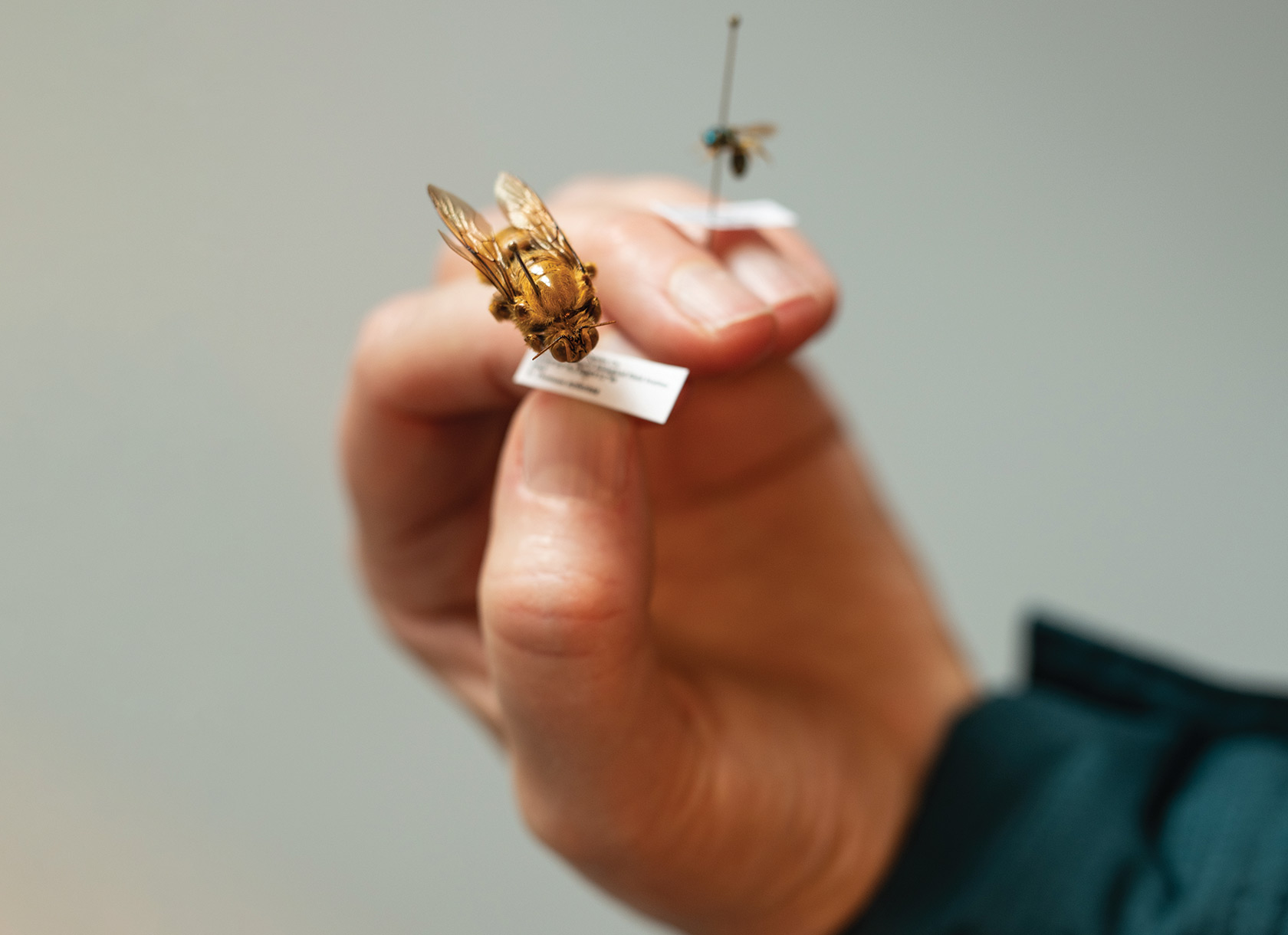By Ella Murdock Gardner ’22

California’s wildfires are notorious for their power to wreak phenomenal damage and devastation. But when an accidental blaze burned portions of Claremont’s Robert J. Bernard Biological Field Station (BFS) in 2013, Professor of Biology and Environmental Science Diane Thomson and her students worked to generate something positive from the situation by collecting valuable data about the fire’s effects on the natural landscape.
The limited past research on the response of heavily invaded non-native grasslands to fire had shown plant communities reestablishing themselves soon after burning, with a relatively similar makeup of species. However, Thomson’s data showed how the recent California drought affected the types of plants that were able to recover, leading to a very different species composition than before. Armed with this new data, she is studying how this change will affect the probabilities of future fires by looking at the biomass and height of vegetation in areas that burned and measuring the energy released when different plant species combust.
“Anyone opening up the newspaper these days can tell we’re in a period of environmental transformation,” Thomson says. “Climate change is the most obvious source, but it interacts with other human-made changes in the environment and creates a kind of feedback loop, where climate change affects plants and animals, which in turn has an impact on climate change. People in my field are trying to make sense of these complicated interactions.”
Thomson is involved in what she calls a “smorgasbord of research” aimed at understanding the effect of global change on ecological communities and applying these findings to problems in environmental management. In addition to studying fire recovery at the BFS, Thomson is also looking at the way landscaping in Claremont yards impacts native pollinators, as well as monitoring rare, endemic plants on the Channel Islands.
For the past nine years, Thomson and her students have traveled to the Channel Islands, an eight-island archipelago off the coast of Southern California, to study how drought and the recent removal of non-native herbivores are affecting the endemic plant communities. Using statistical and mathematical tools, and collaborating with the U.S. Geological Survey, Thomson is aiming to predict whether these plant communities are stable or at high risk for extinction.
Closer to home, Thomson and her students are using the Google Maps timeline feature to study how changes in landscaping in Claremont yards impact water scarcity and native bee habitats. “Southern California is one of the largest biodiversity hotspots on Earth for bees, which I think would surprise a lot of people,” she says.
Thomson’s appreciation for the intricacies of ecology took root during her childhood in Tucson, Arizona, amid the stark beauty of the Sonoran Desert. “For me, a lot of the motivation for my research in Claremont and Southern California is to help students and the community see the magic of the place where they live,” she says.

